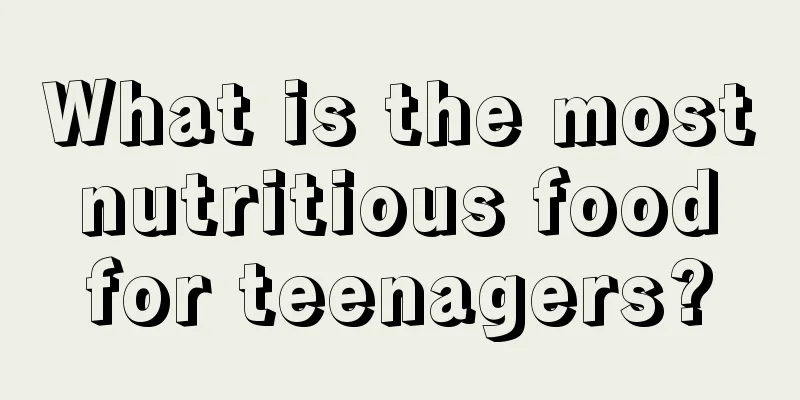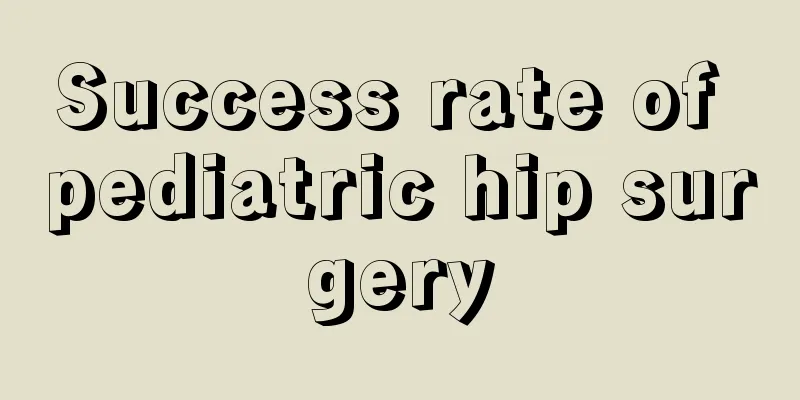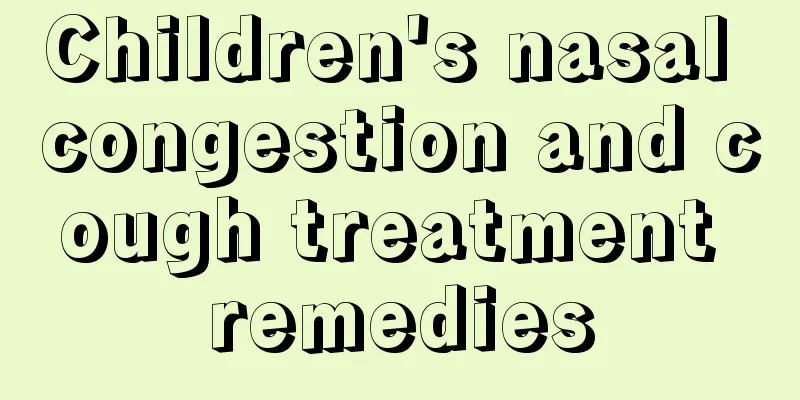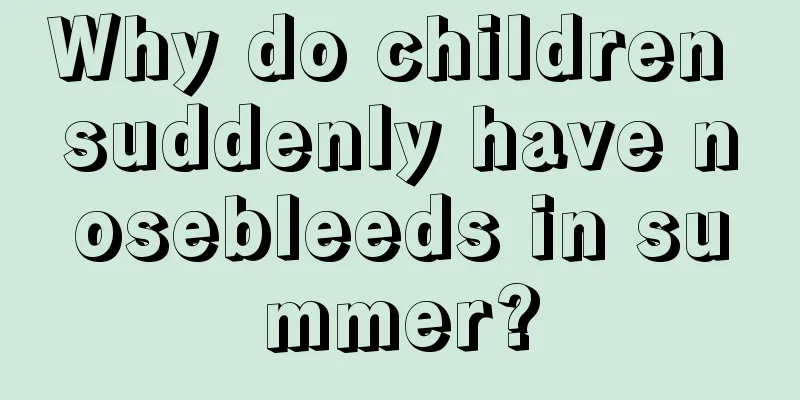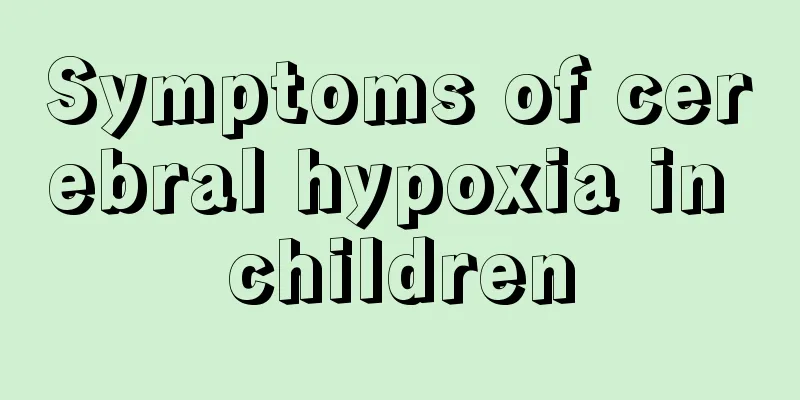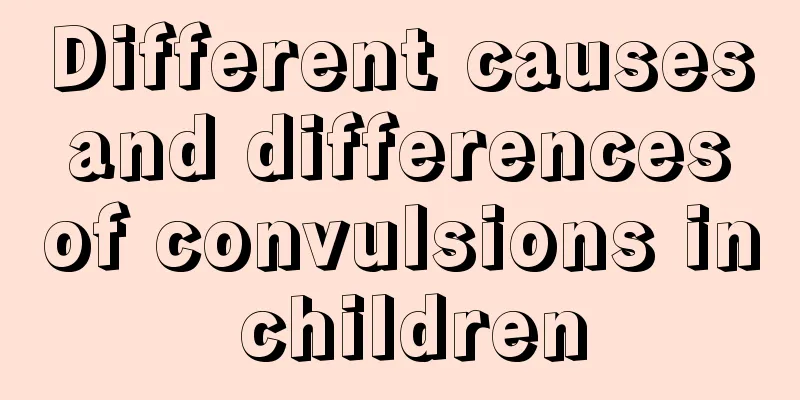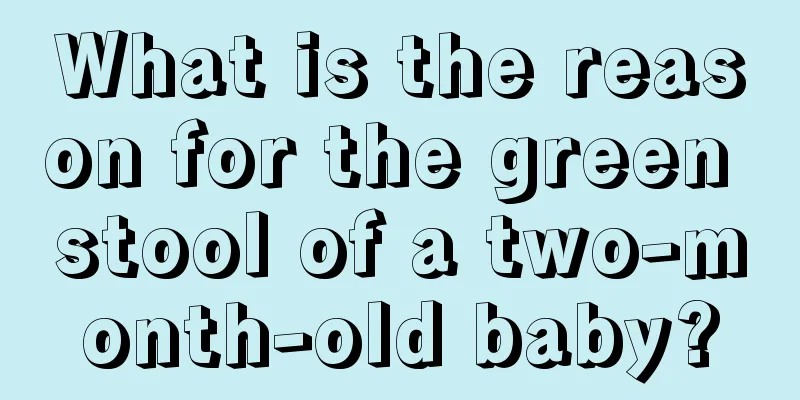What should I do if my 3-year-old child has a high fever?
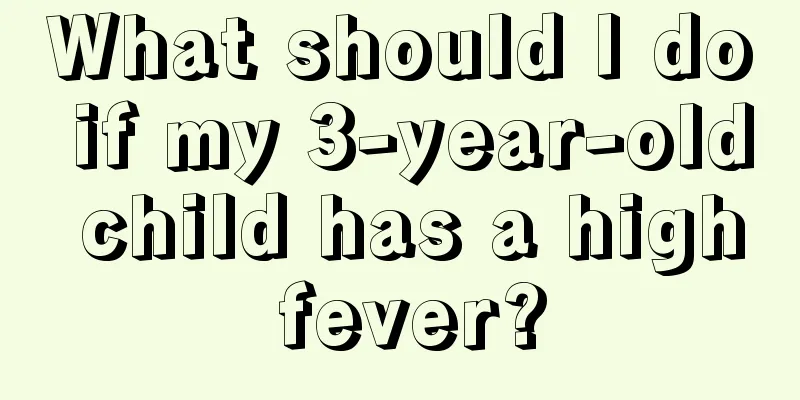
|
Every day, many children are held in the hospital by their parents because they are sick with fever. Especially when the seasons change every year, it is not uncommon for children to have fever. Because children are still growing and developing, their resistance cannot be compared with that of adults, so they are more likely to get sick and have a fever. So what should we do if a 3-year-old child has a high fever that won’t go away? The following content will give you a detailed introduction, let’s take a look! 1. Take a warm water bath. Dip a towel in warm water (the water temperature should not be too hot to touch) and wipe the neck, armpits, and thighs for 5 to 10 minutes. You can also use a commercially available "cooling patch" (or a household ice pack) on the forehead to help dissipate heat and reduce temperature. 2. Take antipyretics. When your baby's fever exceeds 38.5 degrees, the doctor will consider using oral medications or rectal suppositories to reduce your baby's fever. Or when the above physical measures are not effective, oral antipyretics can be taken to reduce the temperature. 3. Ventilation and heat dissipation. Ventilate more, pay attention to heat dissipation, wear loose clothes, and avoid wrapping yourself with a quilt. You can use air conditioning in the summer and control the room temperature at around 27℃. Remember to open windows regularly to allow air convection in the room. 4. Ensure moisture. Drink plenty of water and eat liquid foods, such as watermelon juice, to ensure that the body has sufficient energy and water. 5. Take off excess clothes. If your baby's limbs, hands and feet are warm and he is sweating all over, it means he needs to dissipate heat and he can wear less clothes. 6. Ensure sleep and get more sleep. Sufficient sleep can be beneficial to recovery from illness. However, when infants and young children under 3 years old have a high fever, physical cooling methods should be used first. Generally, antipyretic injections and antipyretic drugs are not required to avoid collapse and drug toxicity reactions. The use of other drugs should also be cautious. If it is a minor illness, the fever will last for about 2-3 days, and the normal attitude towards fever is to find out the cause behind the fever. It is unscientific to forcibly reduce the temperature. Don’t just ask the doctor to drive away the fever, because sometimes the fever is caused by something special going on in the body! Through the introduction of the above content, I believe that parents have already understood the countermeasures for a 3-year-old child with a high fever that won’t go away. Since 3-year-old children are still too young, parents should take physical cooling methods to reduce the fever when they have a high fever. Depending on the child's condition, they can take some antipyretic drugs appropriately. If the effect is not ideal, it is recommended to seek medical attention in time. |
<<: What to do if a 3-year-old child has a high fever and convulsions
>>: What to do if a 2-year-old child has a high fever and convulsions
Recommend
What should children eat to grow taller?
We all know that parents hope that their children...
Solutions for children's hair loss
Recently, many children have had the problem of h...
What to eat for a newborn baby?
Many parents don’t know how to take care of their...
What is the appropriate water temperature for a child's bath?
Family members still need to know more common sen...
How to prevent shazi in young children
The growth and development of young children is v...
How much sleep do middle school students get?
As time goes by, many students don't take the...
What are the first aid knowledge for primary school students?
In daily life, with the current traffic congestio...
Symptoms of nasal mucosal injury in babies
The baby's nasal mucosa is damaged, which is ...
What to do if your three-year-old baby is too thin
If you find that your three-year-old baby is thin...
Baby booger deep in nose
The baby's body is not fully developed yet, i...
What should children with yellow hair eat?
If yellow hair occurs, you need to take a combina...
Treatment of red spots on baby's body due to fever
As parents, when our children have a fever and ha...
Baby sneezes and has a runny nose in summer
Summer is a relatively hot season, and it is rela...
What to do if your baby is not getting enough milk at 6 months old
Breastfeeding is a comprehensive process, and the...
What should I do if my child has red bloodshot eyes?
Children's eyes are the part that needs to be...
